Water is one of the most important resources National Forests and Grasslands provide. 3,000 communities in the U.S. get their drinking water from watersheds contained within National Forests and Grasslands.
As important as healthy watersheds are to the vitality of our communities, these lakes, rivers, and streams also provide another huge benefit. Each summer, millions of Americans flock to National Forests to beat the heat, create family memories, and reconnect to the land and each other on the water. The next time you hear the water calling, consider these unforgettable fishing and boating experiences on National Forests.
Before you go: Be sure to recreate responsibly and always check with the local Forest Service office about local fishing regulations and permitting.

Photo by Devin Anderson.
Mendenhall Lake and River
Tongass National Forest, Alaska
20 minutes from Juneau, Alaska
There is a reason fishing is so important to Southeast Alaska’s economy and culture. Just outside of Alaska’s capital Juneau, the Tongass National Forest offers some of the best cold-water fishing in the world. A short drive from town, Mendenhall Lake and River offer anglers fresh air, wild scenery, and a variety of memorable experiences from trophy-sized trout to salmon (and the bears they attract) as they journey upstream. More information.
Learn about how the NFF is helping restore salmon habitat on the Tongass National Forest.
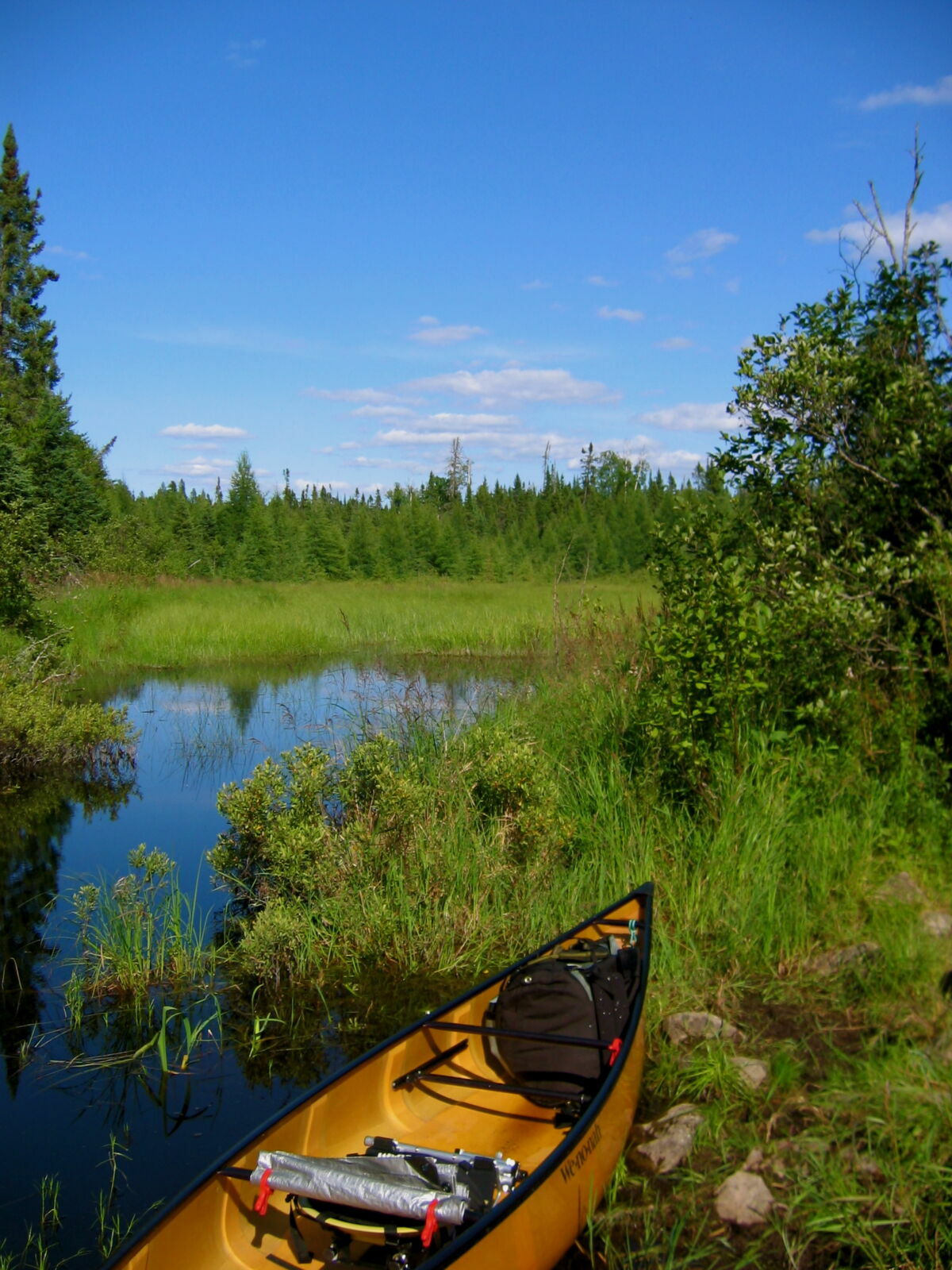
Photo by the U.S. Forest Service.
Boundary Waters Canoe Area Wilderness
Superior National Forest, Minnesota
Four hours from Minneapolis, Minnesota
One of the most famous paddles in the country, if not the most famous, is the Boundary Waters Canoe Area Wilderness in Northern Minnesota. The Area contains more than 1,200 miles of canoe routes and upwards of 2,000 campsites. Limits on motorized boating and efforts to preserve the unique landscape created by long-gone glaciers make for an unforgettable wilderness experience. Visitors are likely to see more wildlife than other people - black bear, moose, trout, pike, and largemouth bass all call this wilderness home. Permits are required year-round and are given first-come, first-served or via lottery. More information.
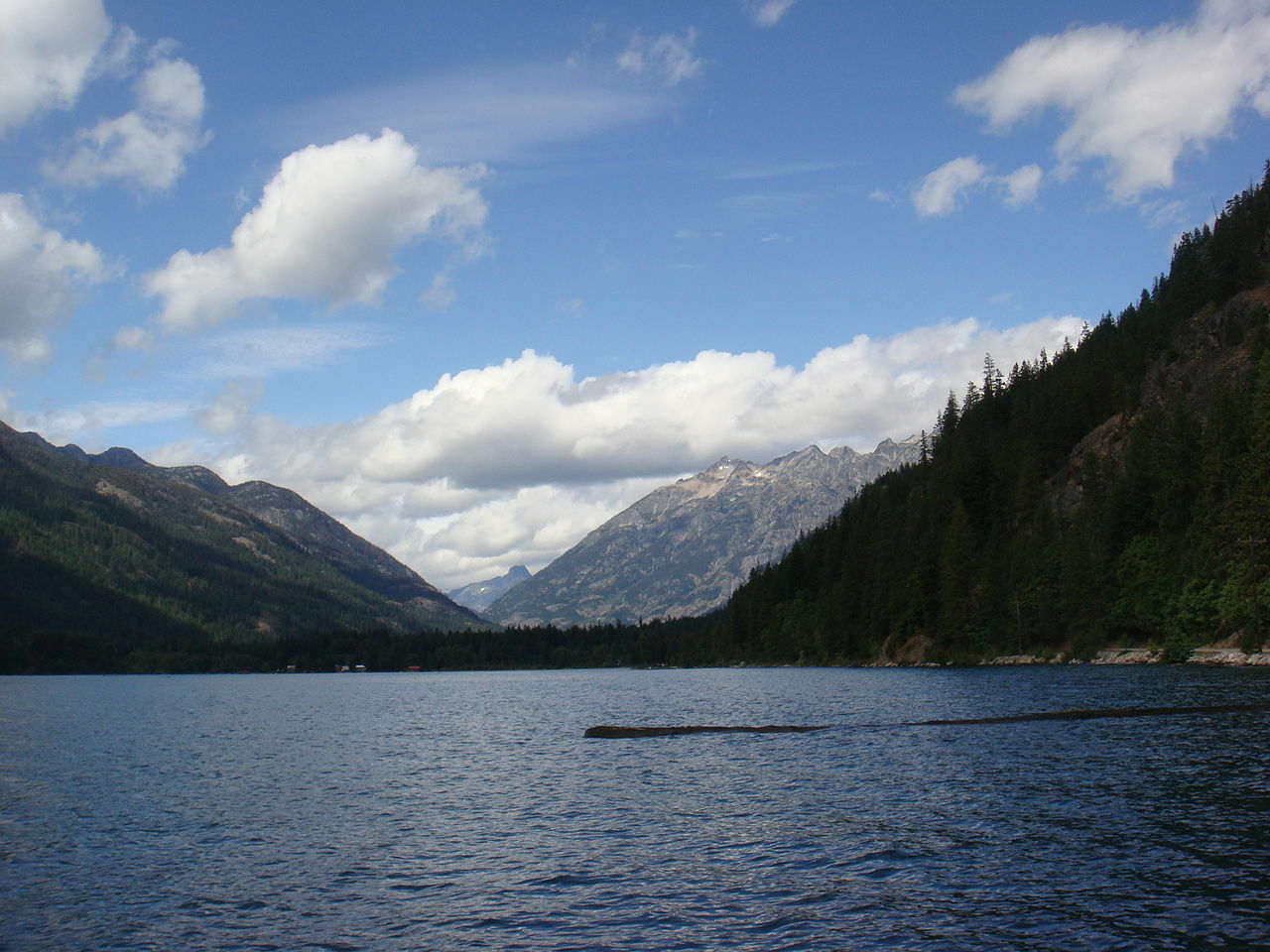
Photo by Mournlight, CC BY 3.0, via Wikimedia Commons.
Lake Chelan
Okanogan-Wenatchee National Forest, Washington
Four hours and 30 minutes from Seattle, Washington
Lake Chelan stretches 50 miles through the North Cascades with the picturesque town of Chelan at its base. Paddle your way up the lake and relax at one of the many boat-in campgrounds on the Lake Chelan-Sawtooth Wilderness or enjoy recreational boating and water sports near town. Strong down lake winds between April and July also make windsurfing and sailing a popular summer activity on the lake. More information.

Photo by Nina Ritchie.
Flaming Gorge Reservoir
Ashley National Forest, Utah
Four hours from Salt Lake City, Utah
Beautiful red rock mountains and the huge size of the 91-mile reservoir has made Flaming Gorge National Recreation Area one of the most popular water sports destinations in the West. Flaming Gorge Reservoir has three full-service marinas, 43 campgrounds, and plenty of opportunities for powerboating, waterskiing, tubing, and swimming. The Reservoir and the Green River just below are most famous for their record-setting trophy trout, but also have excellent kokanee salmon and smallmouth bass fishing. More information.

Photo by Jeff Moore.
Chattooga Wild and Scenic River
Nantahala National Forest, North Carolina
Two hours from Atlanta, Georgia
The Chattooga Wild and Scenic River is one of the longest free-flowing rivers and offers some of the most rewarding whitewater experiences in the southeast. Descending from its headwaters in North Carolina into South Carolina and Georgia, this 57-mile river draws paddlers from across the country looking for a challenge. Nestled in the scenic forests of the southern Appalachians, the Chattooga also offers excellent trout fishing and swimming in its more peaceful sections. More information.
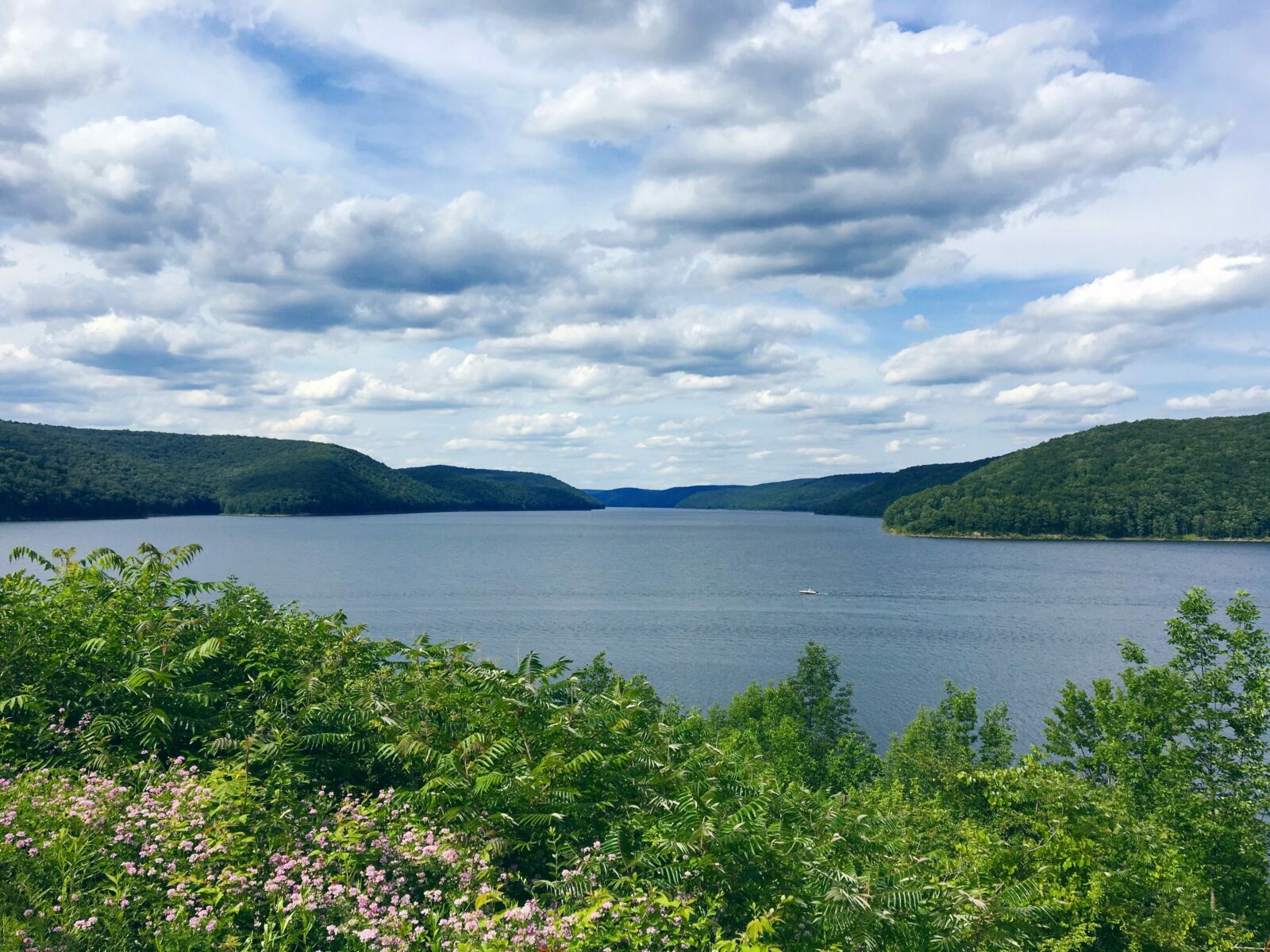
Photo by Leah DeFilippo.
Allegheny Reservoir
Allegheny National Forest, Pennsylvania
Three hours from Pittsburgh, Pennsylvania
The 12,000-acre Allegheny Reservoir is one of the best lakes for big fish in the East and has set state records for the size of walleye and pike caught. In the summer the lake also offers plenty of healthy muskellunge, trout, bass, catfish, and perch and in the winter is a popular ice fishing destination. To top off the excellent fishing opportunities, Allegheny Reservoir has several marinas, boat launch ramps, and accessible shoreline for boating and bank fishing. More information.

Photo by Peggy Yaeger.
Eleven Point National Scenic River
Mark Twain National Forest, Missouri
Three hours from St. Louis, Missouri
Grab your canoe for a meandering journey through the stunning Ozark hills of southern Missouri. Along the 44-mile portion of the river that runs through the Mark Twain National Forest, you can camp at one of eight campgrounds on the largely undeveloped shoreline. Some of the world’s largest springs feed the river, turning the area into an excellent cold-water fishery for bass, walleye, and trout with picturesque falls. Some motorized boats are allowed. More information.
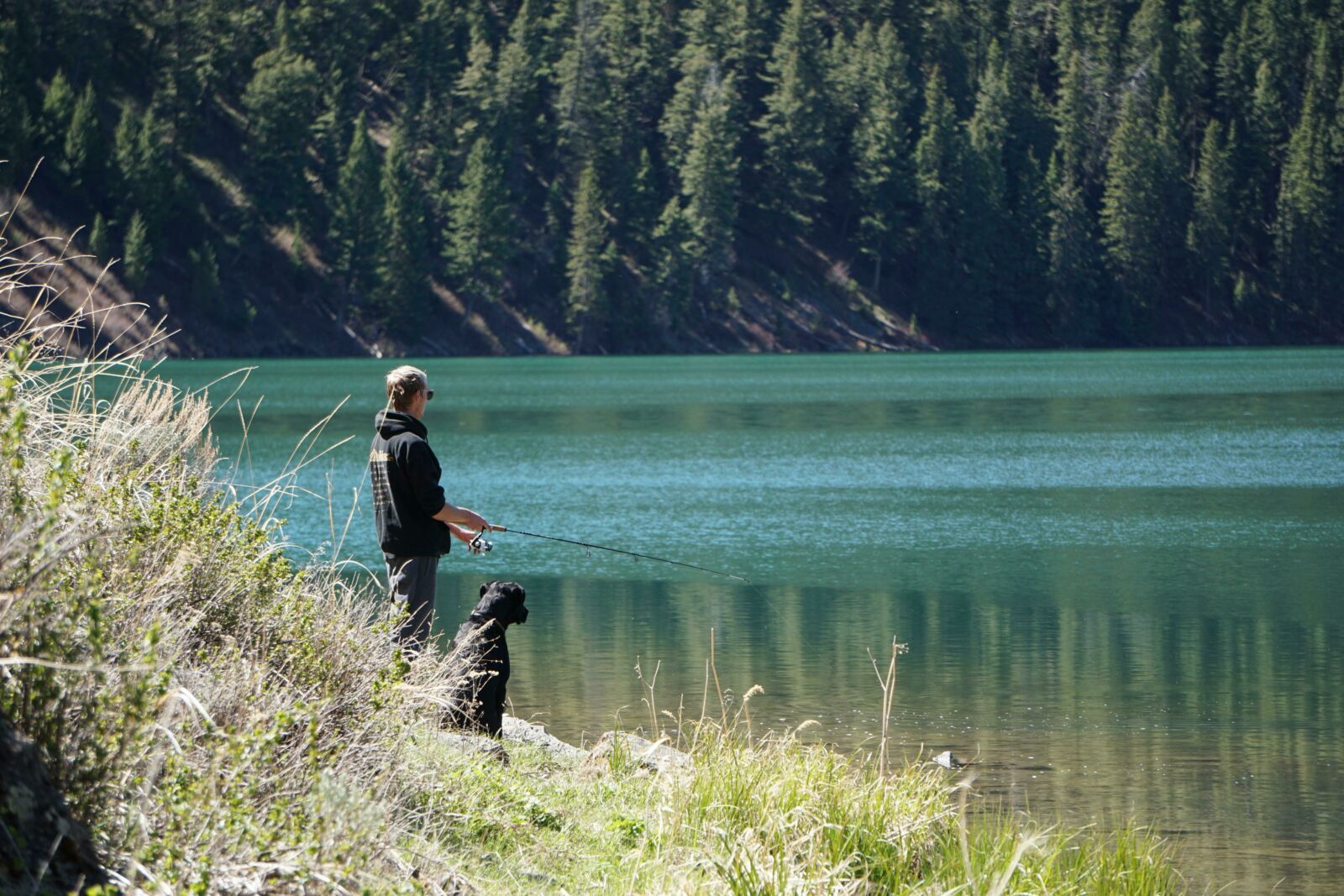
Photo by Rianna Devereux.
Georgetown Lake
Beaverhead-Deerlodge National Forest, Montana
One hours and 30 minutes from Missoula, Montana
Georgetown Lake is a large alpine body of water surrounded by picturesque mountain ranges and lodgepole pines that provide shelter for the area’s abundant wildlife. Under the surface of the water, large kokanee salmon and rainbow and brook trout are abundant and draw fly fishers from across the region to the lake in July and August. The area is also perfect for visitors who enjoy water sports – Georgetown Lake is open to motorized and non-motorized watercraft, has several free boat launches and a marina, and plentiful campgrounds and picnic areas. More information.
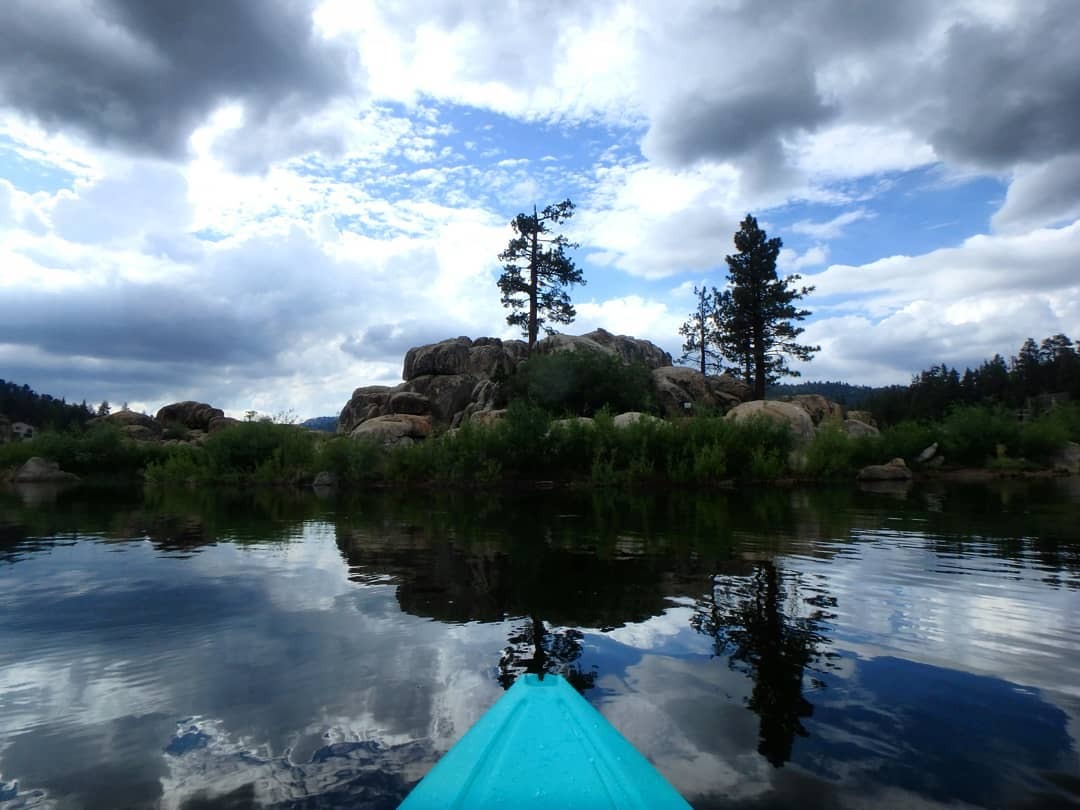
Photo by Lauren Kleppin.
Big Bear Lake
San Bernardino National Forest, California
Two hours from Los Angeles, California
Big Bear Lake is one of the best-known destinations for rainbow trout in Southern California, but it also has plentiful boating opportunities. Wakeboarding, waterskiing, and tubing are some of the most popular summertime activities at Big Bear Lake. Visitors looking for a slower pace can also paddle the lake and keep an eye out for white pelicans, coots, and great blue herons along the shoreline. More information.
Cover photo by Gordon Nelson.
--------
There’s nothing like getting out on the water and floating your boat. Want to know what floats the NFF’s boat? You do! Yes, individuals like you provide the largest source of critical unrestricted funding that enables the NFF to carry out its mission. Please consider giving today. Thank you. And, of course, happy paddling!

